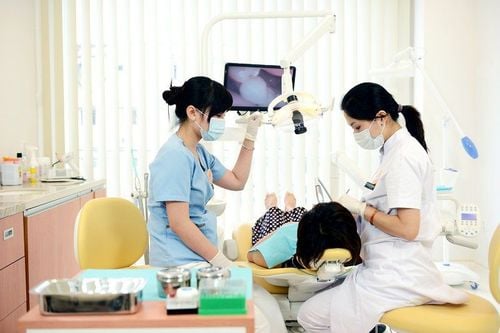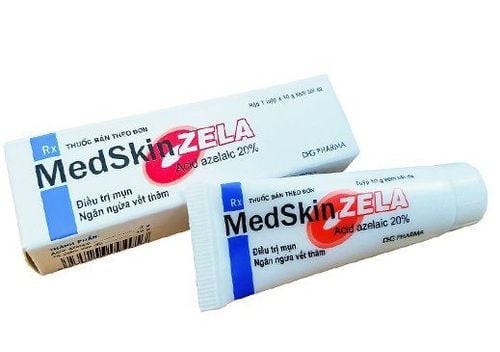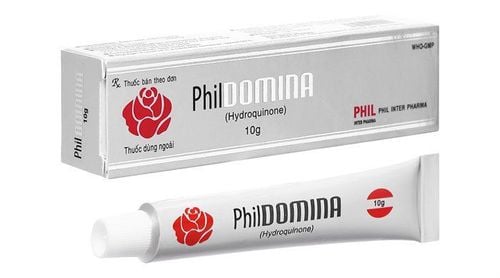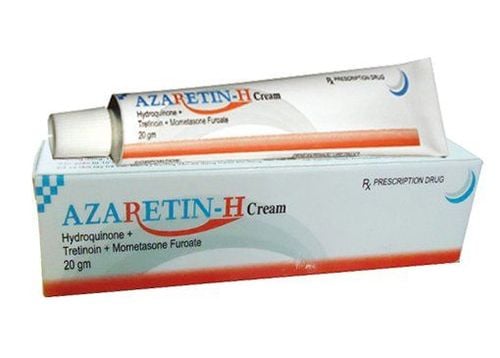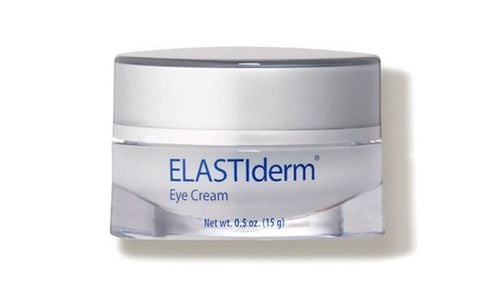This is an automatically translated article.
Summer hot weather, insect growth and outdoor activities can be the cause of skin diseases when it's hot. Let's learn about common skin diseases in summer and how to prevent them.
1. Overuse of hand sanitizer You can find hand sanitizer (when soap and water are not available), doing this more often than usual during COVID-19 . But using too much, your hands can be cracked and dry. After making sure your sanitizer is no longer wet, apply a lotion to keep the moisture in once you've removed those germs.
2. Plant rash You're more likely to fight off the allergenic oils in poison ivy, poison oak, or poison sumac in the summer when you spend more time outside. Find out what plants you should avoid, clear them from areas where you spend a lot of time, and wear protective clothing if you know you'll be in areas with itchy plants.
3. Sunburn Sunburn is a summer skin disease, it increases the risk of skin cancer. You should protect your skin from harmful rays all year round, but especially on hot summer days.
Apply broad-spectrum SPF 30 or higher daily and cover up when possible. A wide-brimmed hat, sunglasses, and long-sleeved shirts and pants can block the sun's rays from reaching your skin.
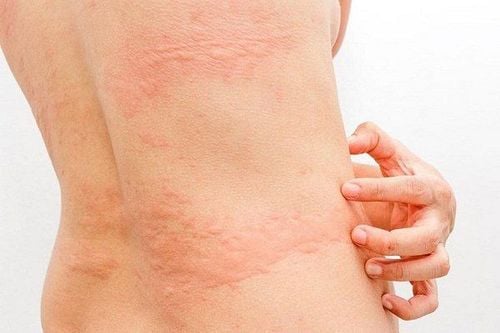
Nổi mề đay hoặc phát ban ngứa là bệnh ngoài da mùa hè thường gặp
4. Sun allergy When you first start going outdoors, the sun can damage your delicate skin. The immune system can sense this attack and react, causing you to develop hives or an itchy rash.
You are more susceptible to sun allergies if you take certain medications or people in your family are sensitive to the sun, so take extra care if you fall into those groups.
5. Insect bites and stings Mosquitoes, fleas and ticks can attack your skin in the summer. Usually, insect stings only cause itchy bumps when they attack. But sometimes, the reaction can be more severe and widespread.
You may experience swelling, heart palpitations, low blood pressure and difficulty breathing. Wear waterproof medication or tight clothing and shoes to cover your skin when you go outside. Avoid bright colors and perfumes.
6. Swim itch If you're going to be taking a dip in a lake, ocean, or other natural body of water, take care to prevent swimmer's itch or clam digger itch.
Avoid water that causes this rash to others or has warning signs that it is infected. After swimming, rub your skin vigorously with a towel to prevent the parasites from getting in and causing your rash.
7. Heat rash Heat rash is also known as prickly heat, it is the result of sweat getting trapped in your pores. You can prevent these minor rashes by wearing loose, breathable clothing and keeping your skin as dry and cool as possible.
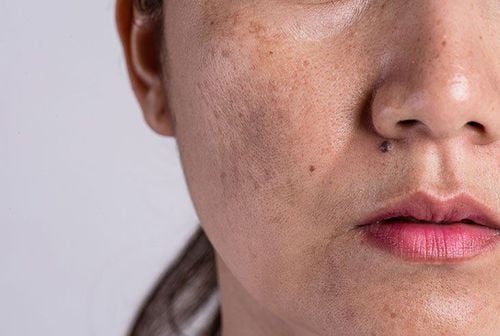
Nám da là bệnh ngoài da mùa hè thường gặp
8. Melasma If you are prone to these brown patches on your face, the summer sun can cause them to develop. Apply broad spectrum SPF 30 sunscreen to face daily and reapply every 2 hours.
Wear a hat, glasses and sunshade as much as possible when outdoors. Also, avoid waxing or harsh skin products that can irritate the skin and make melasma worse.
9. Acne The combination of sweat, bacteria, and oil makes pores clogged. If your skin is acne-prone, this usually means you're prone to breakouts. Keep a towel or headband on hand to absorb sweat from your skin. Wash sweaty clothes and choose oil-free skin products or adapalene gels to help unclog pores.
10. Folliculitis The openings in which your body hair grows are called follicles. Tight clothing, acid and chlorine from hot tubs, or trauma from shaving and waxing can make them uncomfortable.
If the hair follicles become infected, they can become painful, itchy, and swollen. To prevent this, be sure to wear loose clothing, shave in the direction of hair growth, use shaving gel, and only soak in hot tubs that you know are clean.
11. Injury from marine life Jellyfish tentacles contain venom. The sting can be painful or sometimes life-threatening. It usually happens by chance when you touch one, or swim or wade between them.
Stingrays usually avoid people, but you can accidentally step on one. If you can't get medical help right away, remove any jellyfish tentacles or stingrays and soak the wound in clean, hot water. Stingray wounds are punctures, so apply pressure if the wound is bleeding.
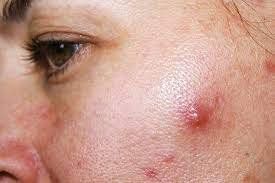
Mụn là bệnh ngoài da mùa hè thường gặp
12. Flip-flops These summer flip-flops won't protect you from shriveled toes, glass cuts, puncture wounds, or heavy objects that could drop and break your feet. They are also useless when bitten by snakes and bugs. Wear closed-toe shoes for better protection, especially if you spend a lot of time outdoors.
13. Snakebites Summer is the peak season for snake bites. A bite from a non-venomous snake will do no more harm than leave punctures and frighten you. However, venomous snake bites can be fatal.
Your best bet is to call 911 and try to stay calm. Stay away from the snake and if possible move your body so that the bite is below the heart. Clean the wound and cover with a clean bandage. Do not place the tourniquet on the bite or attempt to cut it open and remove the venom.
14. Firework burns In the US, approximately 9,000 people are hospitalized each year for fireworks-related injuries. Most involve the hands, fingers, and arms. Burns are the most common.
You can treat burns smaller than the palm of your hand at home. Flush cool water on top until the burning sensation is gone. Cover it with a clean and dry cloth. Larger burns and those on the hands, feet, face, genitals, and major joints require immediate treatment.
Summer hot weather, insect growth and outdoor activities can be the cause of skin diseases when it's hot. Hopefully, the information in the above article has helped you better understand these diseases for effective prevention.
Follow Vinmec International General Hospital website to get more health, nutrition and beauty information to protect the health of yourself and your loved ones in your family.
Please dial HOTLINE for more information or register for an appointment HERE. Download MyVinmec app to make appointments faster and to manage your bookings easily.
Reference source: webmd.com




